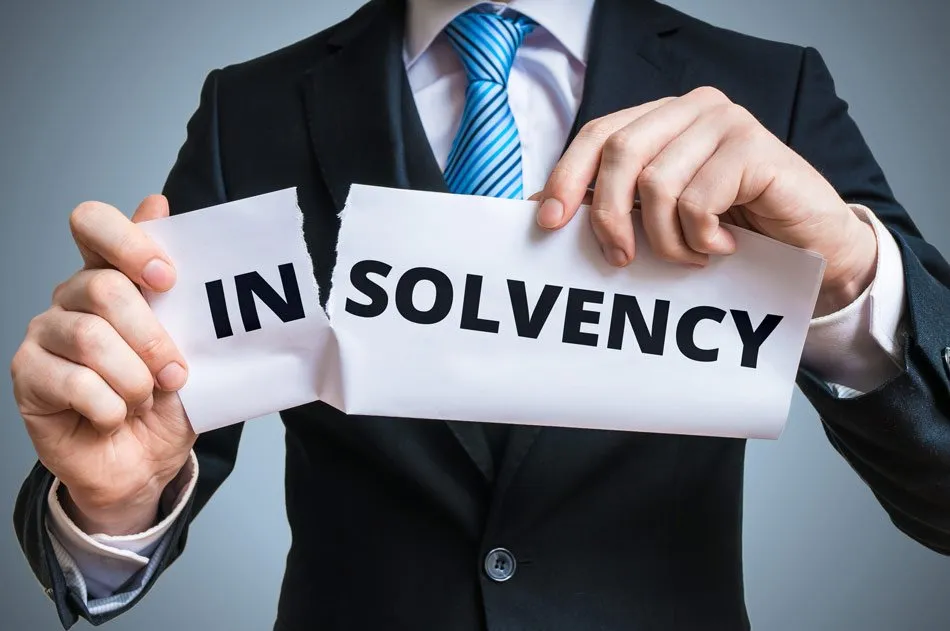It is worth understanding the current state of the global economy and its notable impacts during the pandemic, as it comes as no astonishment that entrepreneurs are rethinking vast exit strategies, specifically in terms of business liquidation. A few of the business owners have weighed every option to shut down their doors, avoiding the negative results. However, for the rest, the negative effects grappling of the economy which is often unavoidable.
Whenever your company is experiencing a massive amount of debt, insolvency is all about looming, and it is the only way. However, what would business liquidation indicate? Whatever happens to the debts and the assets of the company whenever it goes under? Our post here will answer the questions here to offer an extensive knowledge of the process of liquidation.
The Liquidation of an Insolvent Company
Whenever the liabilities of a firm exceed its assets with the debts that it can hardly afford, it will be declared insolvent. Alternatively, it is no longer a solvent company as it can hardly afford to repay the creditors. Sadly, as noted through the insolvency laws in Australia, insolvent firms are never allowed to trade. A director will have a positive duty to ensure that the firm is not continuing to trade and incurring debt along with being insolvent.
You can hardly continue trading and apply with the ASIC or Australian Securities and Investments Commission for voluntary deregistration with the help of the trustees in Australia while paying off creditors and closing the company is done with the help of insolvent liquidation.
What Happens When a Company Goes into Liquidation?
It relies on the kind of liquidation the company is going through with the process that slightly differs. Voluntary liquidation is generally less stressful with the process that gets planned for reducing the disruption. IPs and Insolvency Practitioners direct through the whole process, indicating that there is always little for the director whenever liquidation starts with liquidation.
IPs will often work as the liquidator and use the plan in place to sell off the company assets, repaying both the unsecured and secured creditors on the basis of the hierarchical orders. You will get a better scope for buying the assets you wish to retain as it should have the intention to start with a new company.
However, the compulsory liquidation is often triggered through an individual’s creditor to lodge a winding up of the petition with the help of the court. The creditors will generally get this done to recover every outstanding debt that gets owed to them with the help of the liquidation process involving the selling of the assets. Whenever your creditors understand that your company has valuable assets with the petitioning, the liquidation may appear as the ideal chance to get money.
After wrapping up the process of liquidation every asset that got sold with the firm is removed from the register at the Companies House that gets completely closed.
The Liquidation Process
The Liquidation notices in Australia generally involve the appointing of external or independent administrators or the liquidator winding up the affairs of the company while ensuring that the creditors get compensated fairly with the steps that are involved here as follows:
Assessing the Company’s Financial Affairs
Before undertaking any action, the liquidator thoroughly reviews the financial records of the company, including the examination of the balance sheets, income statements, BAS statements, and cash flow statements, to know about the financial health of the company with the extent of the debts included.
Assessing Claims Against the Company Directors
The other step involved here is the proper assessment of the possible misconduct or mismanagement of the directors of the company with the liquidator who checks whether the directors have fulfilled their fiduciary duties and whenever there are grounds for possible legal actions against them.
Establishing Claims Against Debtor Companies
Whenever there are a few companies or people owing money to the company that undergoes liquidation, the liquidators identify them and establish the claims. In doing this, they help ensure that every outstanding debt is owed to the company, collected, and used for paying off the creditors.
Reporting to Creditors
Communication forms the key in this liquidation process. The liquidator regularly updates the company’s creditors on the liquidation progress, potential recoveries, and other related information. This will help keep the creditors informed and set the right expectations regarding possible repayments.
Realizing the Company’s Assets to Pay Outstanding Debt
One core role played by the liquidator is selling or realizing the company’s assets, including tangible assets such as equipment and property, and intangible assets such as intellectual properties. The proceeds of the sales are used to repay the company’s debts.
Paying the Creditors in Order of Priority
After the assets are realized, the liquidator will start to distribute the creditors’ proceedings. The process is done according to a specific priority that mainly starts with the secured creditors, followed by the unsecured creditors, and whenever any funds remain with the shareholders.
Applying for Deregistration of the Company
Since different assets are realized with debts that are paid off to the extent possible and with the other duties that are performed when the liquidator applies for the company’s deregistration, undertaking the action will formally end the company’s existence under the eyes of the law.
Key Takeaways
None of the entrepreneurs will open a firm with an exit strategy involving business liquidation. It is never the perfect instance, however, considering the toughness businesses have faced in the past couple of years, leading to the prioritizing of the situation of numerous firms. However, if you have yet to reach the stage where it is required to appoint a liquidator you should consider engaging with the services of expert chartered accountants with the business advisors helping in steering through the issues and avoiding the process of liquidation.



